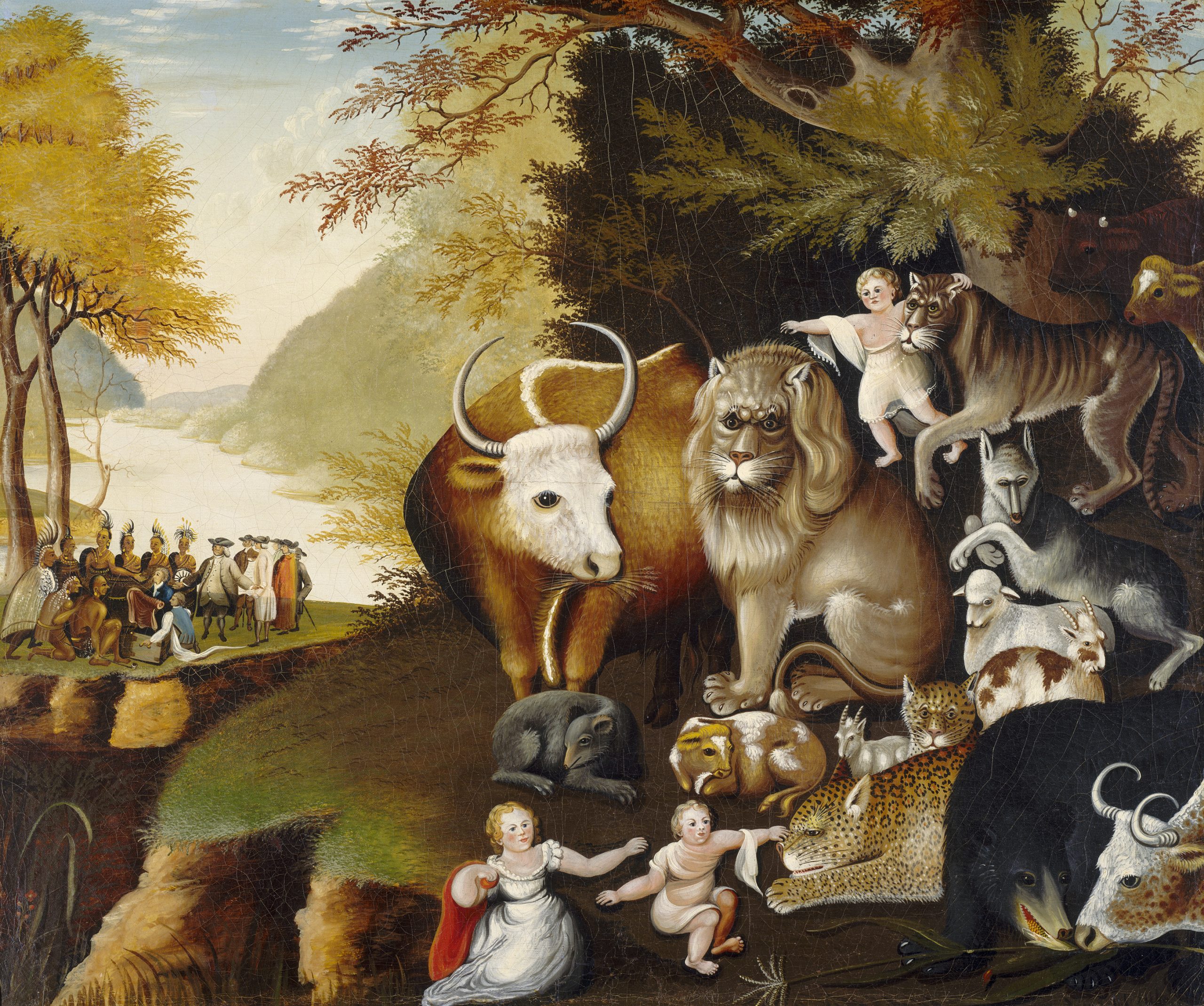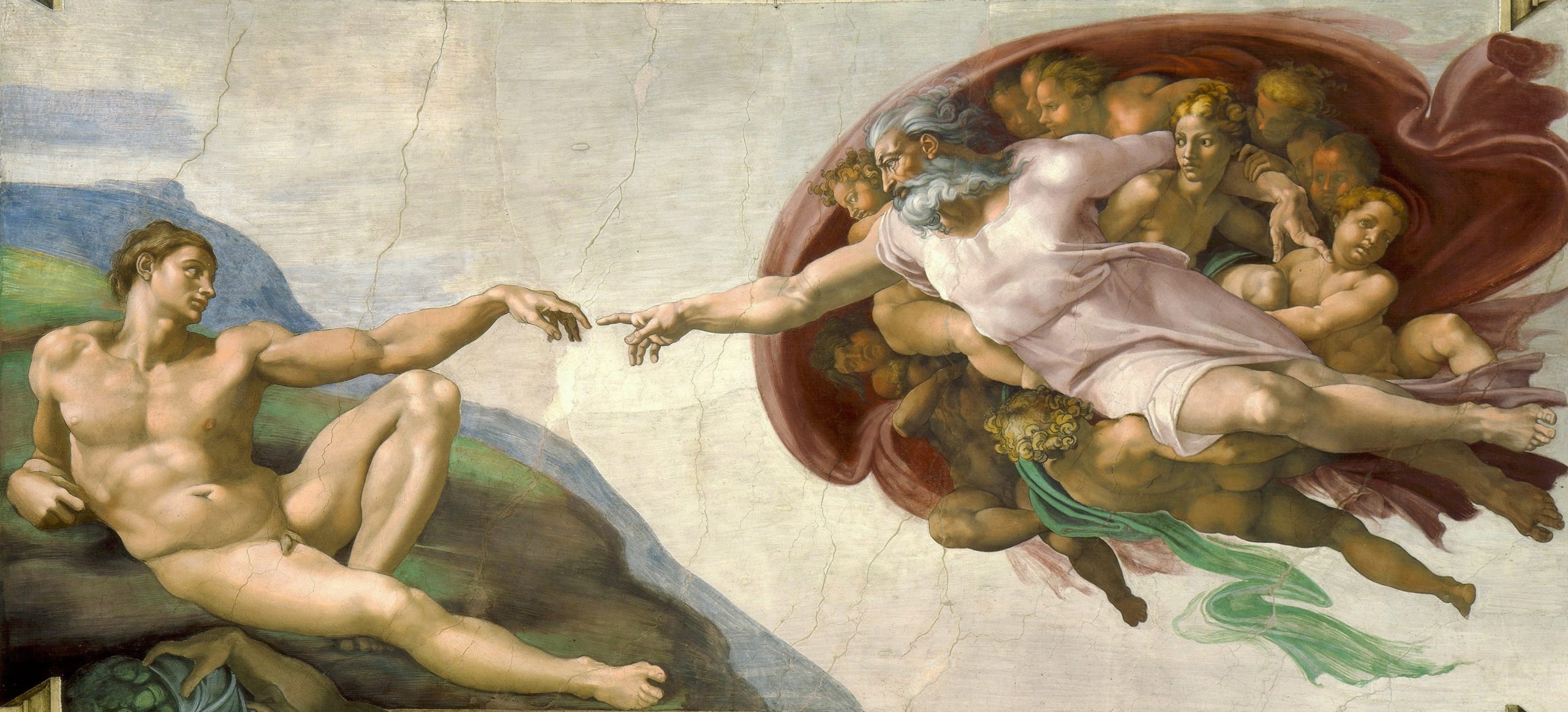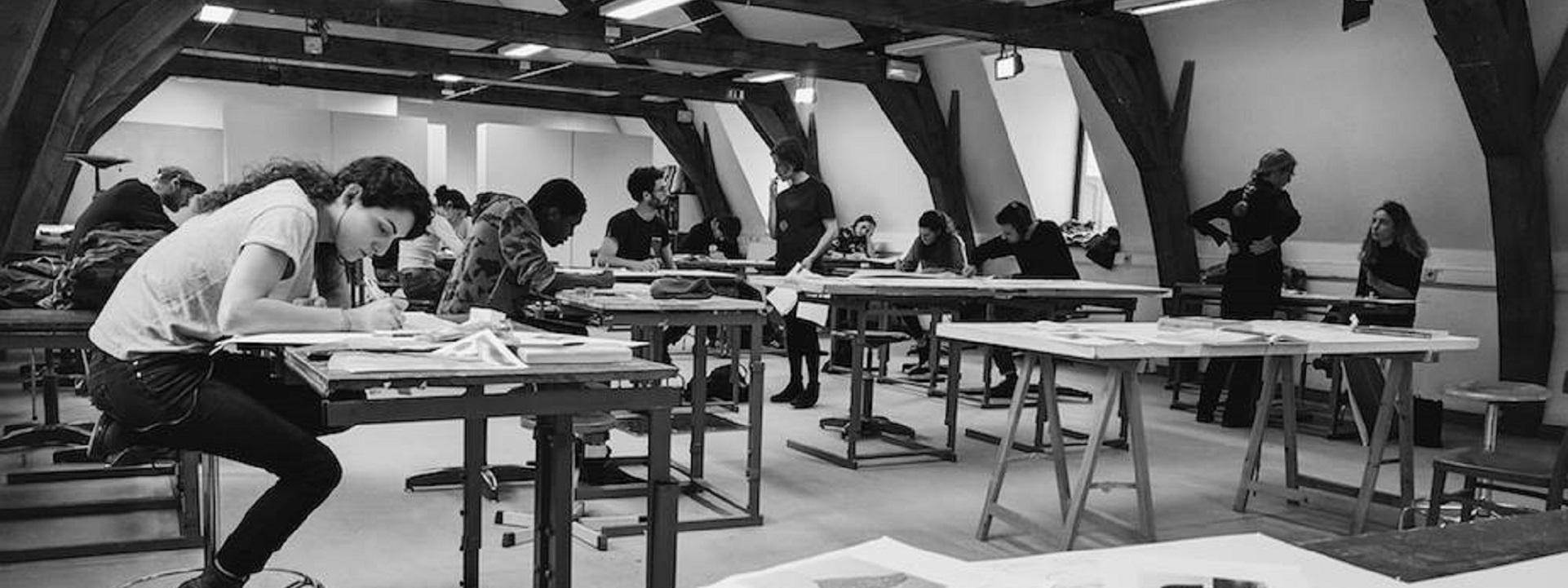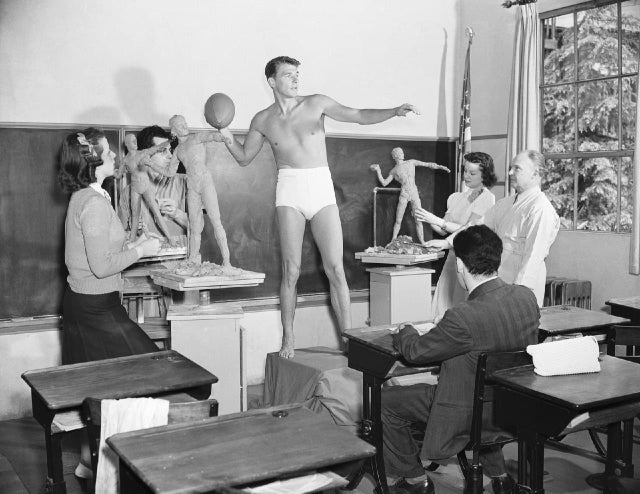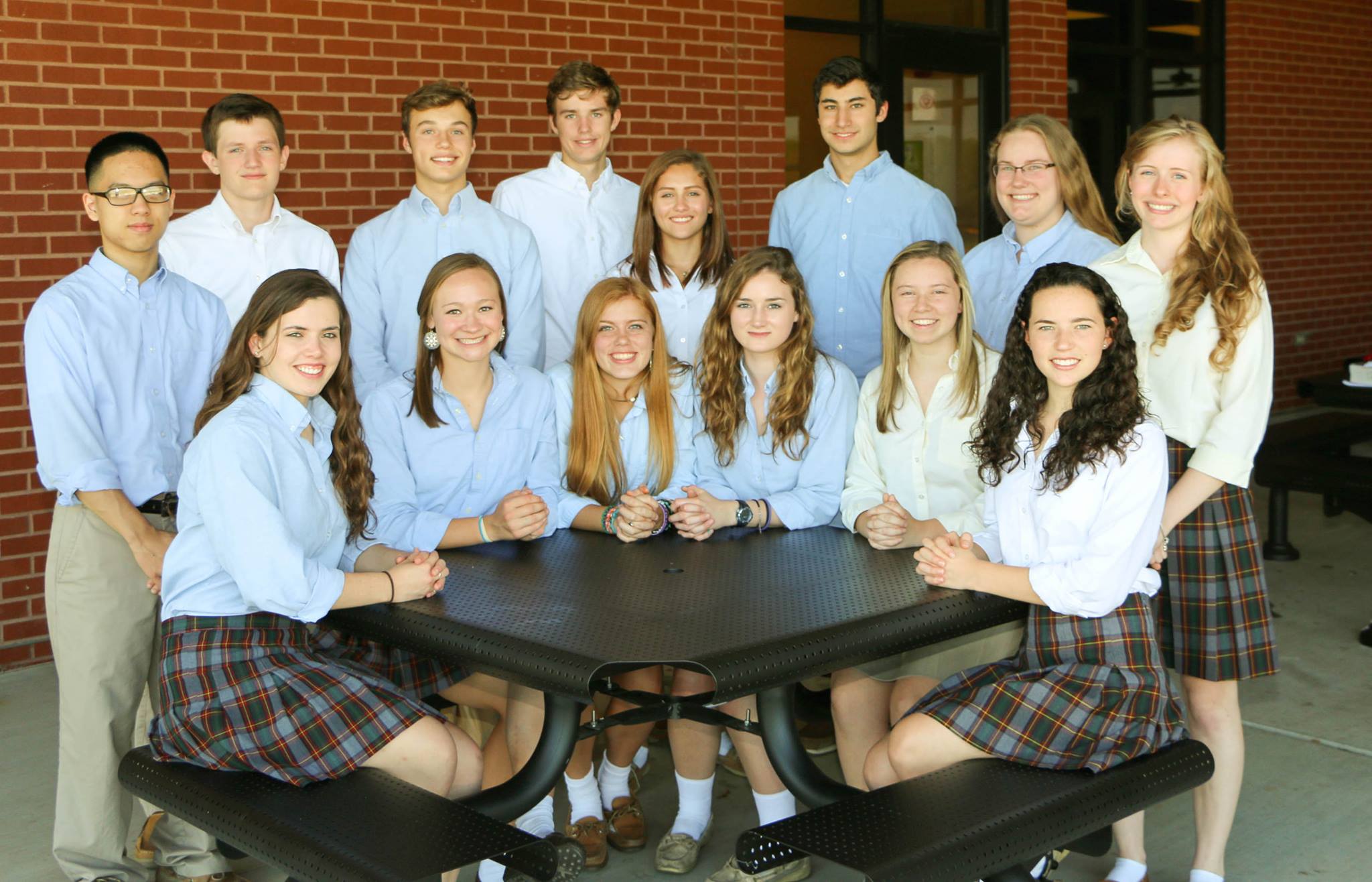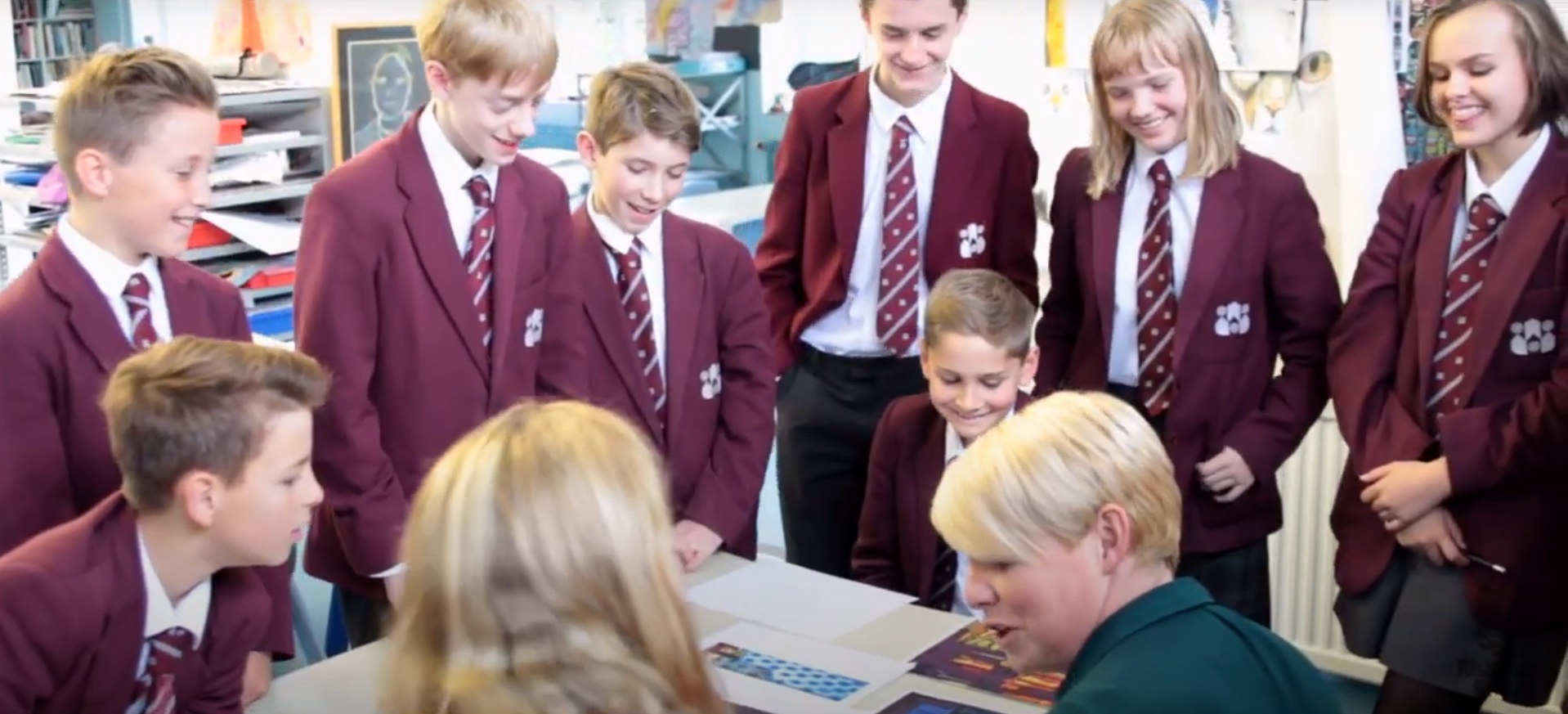Frankenstein: The Modern Prometheus 1888| Mrs. Shelly. George Routledge and Sons
- “Beware; for I am fearless, and therefore powerful.” (Chapter 20 – Creature)
- “I ought to be thy Adam, but I am rather the fallen angel.” (Chapter 8 – Creature)
- “Learn from me… how dangerous is the acquirement of knowledge.” (Letter 4 – Walton)
- “If I cannot inspire love, I will cause fear.” (Chapter 17 – Creature)
- “I was benevolent and good; misery made me a fiend.” (Chapter 16 – Creature)
- “Life, although it may only be an accumulation of anguish, is dear to me.” (Chapter 20 – Creature)
- “The fallen angel becomes a malignant devil.” (Chapter 20 – Creature)
- “Man, how ignorant art thou in thy pride of wisdom!” (Chapter 23 – Victor)
- “Seek happiness in tranquillity and avoid ambition.” (Chapter 24 – Victor)
- I am malicious because I am miserable.” (Chapter 16 – Creature)
- “My heart was fashioned to be susceptible of love and sympathy.” (Chapter 16 – Creature)
- “All men hate the wretched.” (Chapter 10 – Creature)
- “You are my creator, but I am your master.” (Chapter 20 – Creature)
“The object of education is to teach us to love what is beautiful.”
― Plato, The Republic pic.twitter.com/V1RnJOpk8J— 𝒩𝒶𝓉𝒶𝓁𝒾𝒶 (@classicspilled) October 27, 2025





